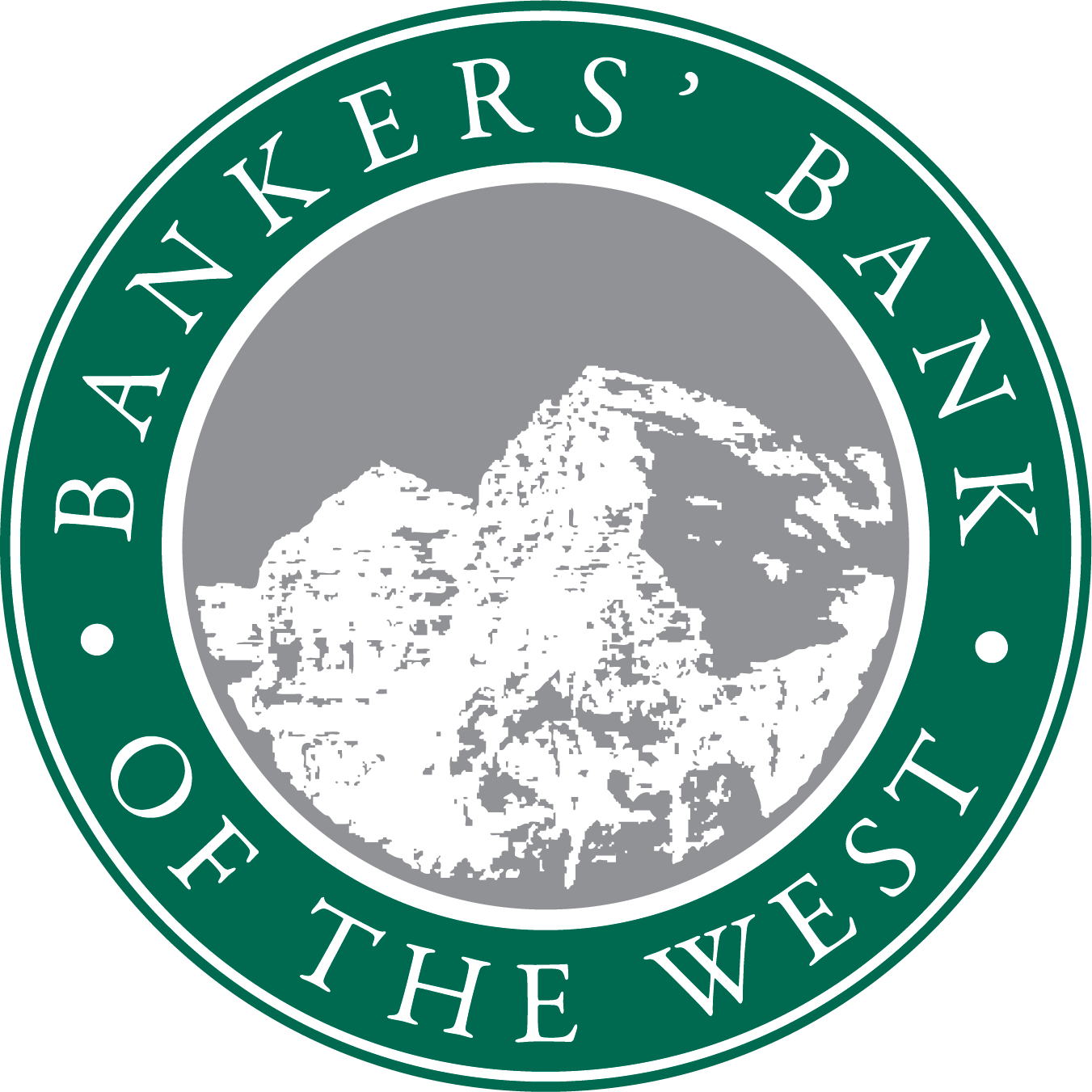T+1 Settlement for Bond Trades: What Bond Buyers Need to Know
A brief overview of the new requirement and its implications for bond market participants
Starting May 28, 2024, the Securities and Exchange Commission is shortening the settlement cycle on bond markets from the current two business day period (T+2) to one business day (T+1).
This requirement brings important new operational changes. Most important is performance of the affirmation on the date the security is purchased from the broker / dealer. This will require participation by the investor, safekeeping agent (such as Bankers’ Bank of the West), and broker / dealer to affirm the trade in the shorter period.
What is T+1 Settlement?
The rule will apply to securities that settle at the DTC ( Depository Trust Company). This includes corporate, municipal, and agency bonds, certificates of deposit, and stock. It also applies to unit investment trusts (UITs) and exchange-traded funds (ETFs) that hold these securities.
U.S. Treasury and Agency securities that settle with the Federal Reserve already operate in a T+1 environment.
The rule aims to reduce settlement risk, enhance market efficiency, and align the U.S. bond market with global standards. Europe and Asia have already adopted or are moving toward shorter settlement cycles.
What is the Affirmation Process?
The broker / dealer sends the trade information to the Depository Trust and Clearing Corporation (DTCC) TradeSuite ID system on trade date. (Usually concurrently with the trade execution.)
The safekeeping agent receives the ID confirmation through the DTCC system.
The investor also provides the trade instructions / information for comparison.
The safekeeping agent affirms the trade on the TradeSuite ID system if all necessary fields match.
The trade automatically settles once the broker / dealer delivers the security.
Affirmed trades are less likely to fail. A common reason an affirmed trade might fail would be because of insufficient funds or securities, not because of mismatched of instructions.
What are the Requirements for Safekeeping Customers?
Trade instructions must be expeditiously delivered to the safekeeping agent on the trade date. Bankers’ Bank of the West has established a deadline of 4:00 PM Mountain Time for receipt of trade information.
Investors may have to ask the broker / dealer to send the Bloomberg purchase screen, or a system produced trade ticket for the safekeeping agent to affirm to meet the new requirement. Expediting the trade instructions ensures compliance with this new requirement.
For securities purchases, the investor’s a signature will no longer be required if the trade instructions are delivered by email from an Authorized Signer on the Safekeeping Agreement.
Securities sales will still require the signature of an Authorized Signer before the affirmation will take place. It is imperative to be mindful of current pledges when selling securities, which may delay the settlement process if not released in advance.
What is the TradeSuite ID System?
TradeSuite ID automates electronic trade detail distribution for securities for post trade processing between counterparties, facilitating electronic settlement and end-user regulatory compliance.
Under T+2 settlement, the safekeeping agent had a day to affirm a trade, which now must be affirmed day of the trade and narrows the affirmation window.
What are the Benefits of T+1 Settlement?
T+1 settlement will reduce the exposure of market participants to counterparty default risk, as well as the need for margin and collateral to cover unsettled trades.
T+1 settlement will also free up capital and liquidity for market participants, allowing them to reinvest or redeploy their funds more quickly.
T+1 settlement will enhance the operational efficiency and resilience of the U.S. bond market, especially in times of market stress or volatility.
What are the Challenges of T+1 Settlement?
T+1 settlement will require significant changes to the systems, processes, and practices of market participants, including investors, safekeeping agents, brokers / dealers, and clearing agencies.
T+1 settlement will also increase the operational and compliance costs for market participants, as they will have to process and confirm trades faster and adhere to stricter deadlines and penalties for failed trades.
T+1 settlement will pose challenges for bond buyers, who will have to arrange for the payment and delivery of securities within a shorter period, and coordinate with their safekeeping agents and settlement agents more closely.
T+1 settlement will also affect the cash management and liquidity planning of bond buyers, who will have to adjust their cash flows and funding sources to meet the earlier settlement date.
What are Best Practices for Buyers to Comply with T+1 Settlement?
Review current trade execution, confirmation, and settlement processes, and identify any gaps or inefficiencies that need to be addressed.
Evaluate existing safekeeping arrangements and ensure reliable and timely communication and coordination with safekeeping agents and settlement agents.
Update cash management and liquidity strategies to ensure sufficient funds and contingency plans to meet the T+1 settlement period.
Monitor market developments and regulatory updates related to T+1 settlement and stay informed of any changes or exceptions that may affect trades.
Please understand that this is a mandatory requirement and Bankers’ Bank of the West must ensure compliance with the process. Communication between the investor, safekeeping agent, and broker / dealer is critical. If delays are anticipated, it is imperative that the investor discuss this with all parties.
We are here to help! If you have any questions that were not addressed here, please click below to reach out to one of our Safekeeping specialist.
Karen Milano
AVP, Safekeeping
Chrill Hill
SVP & CFO


